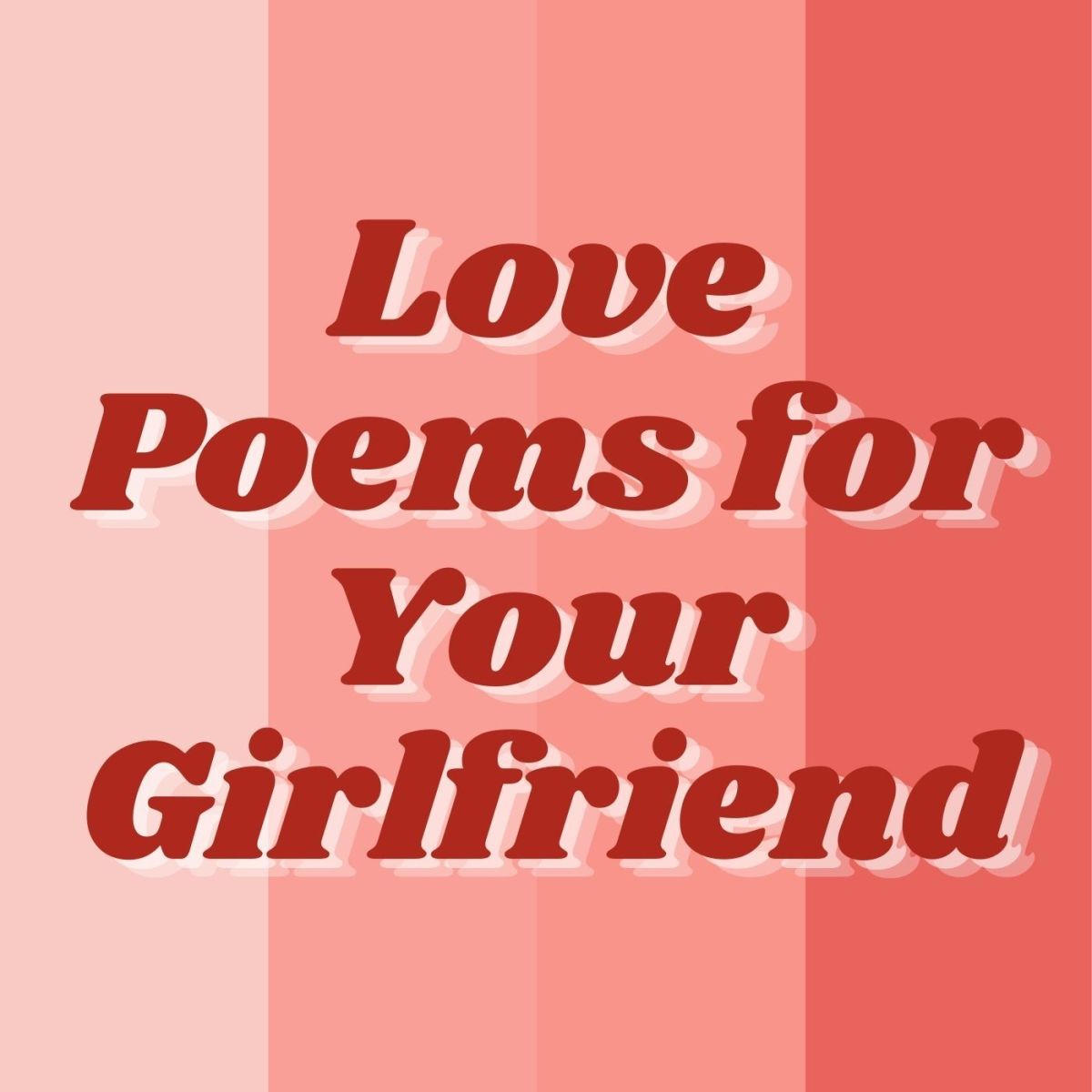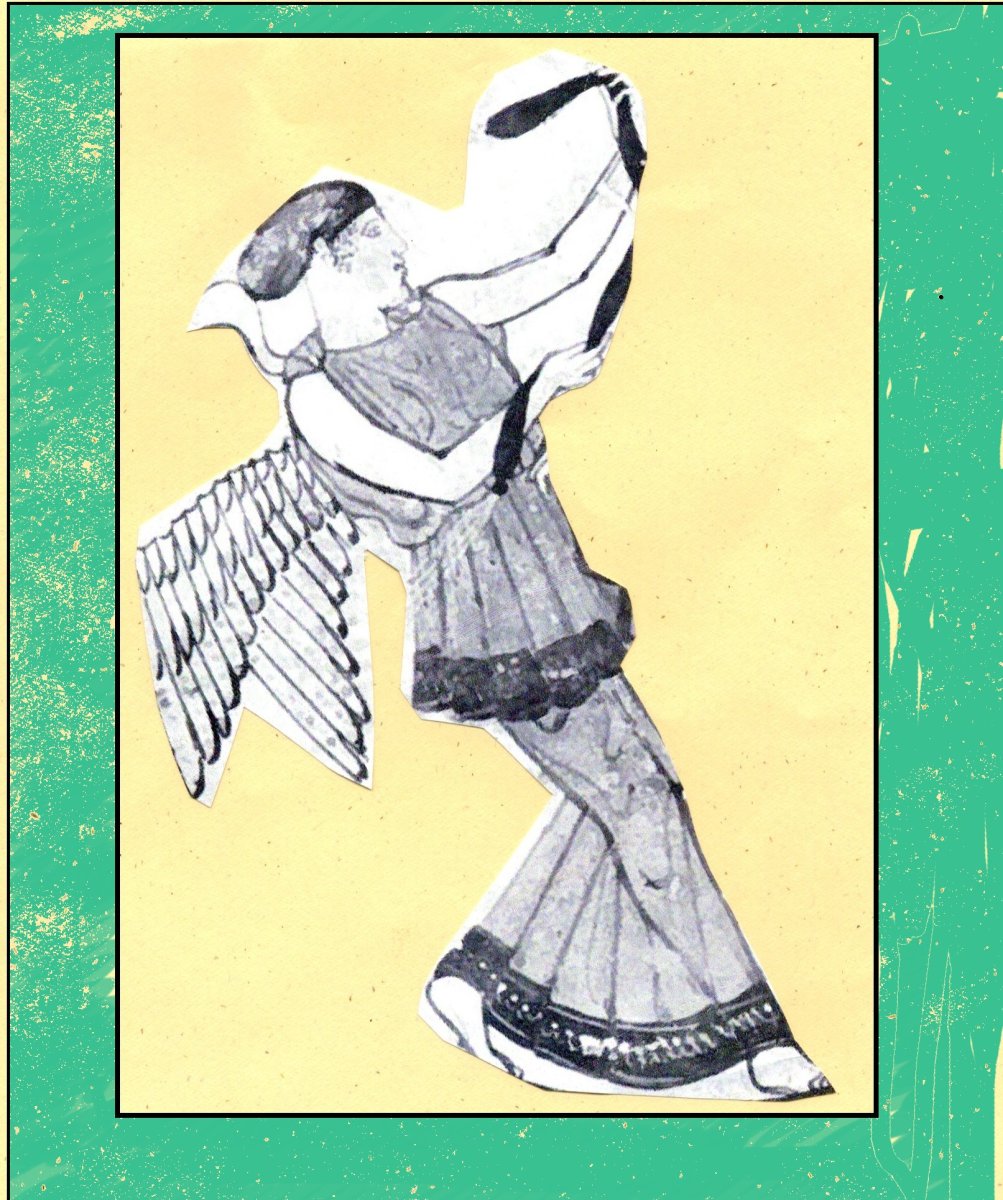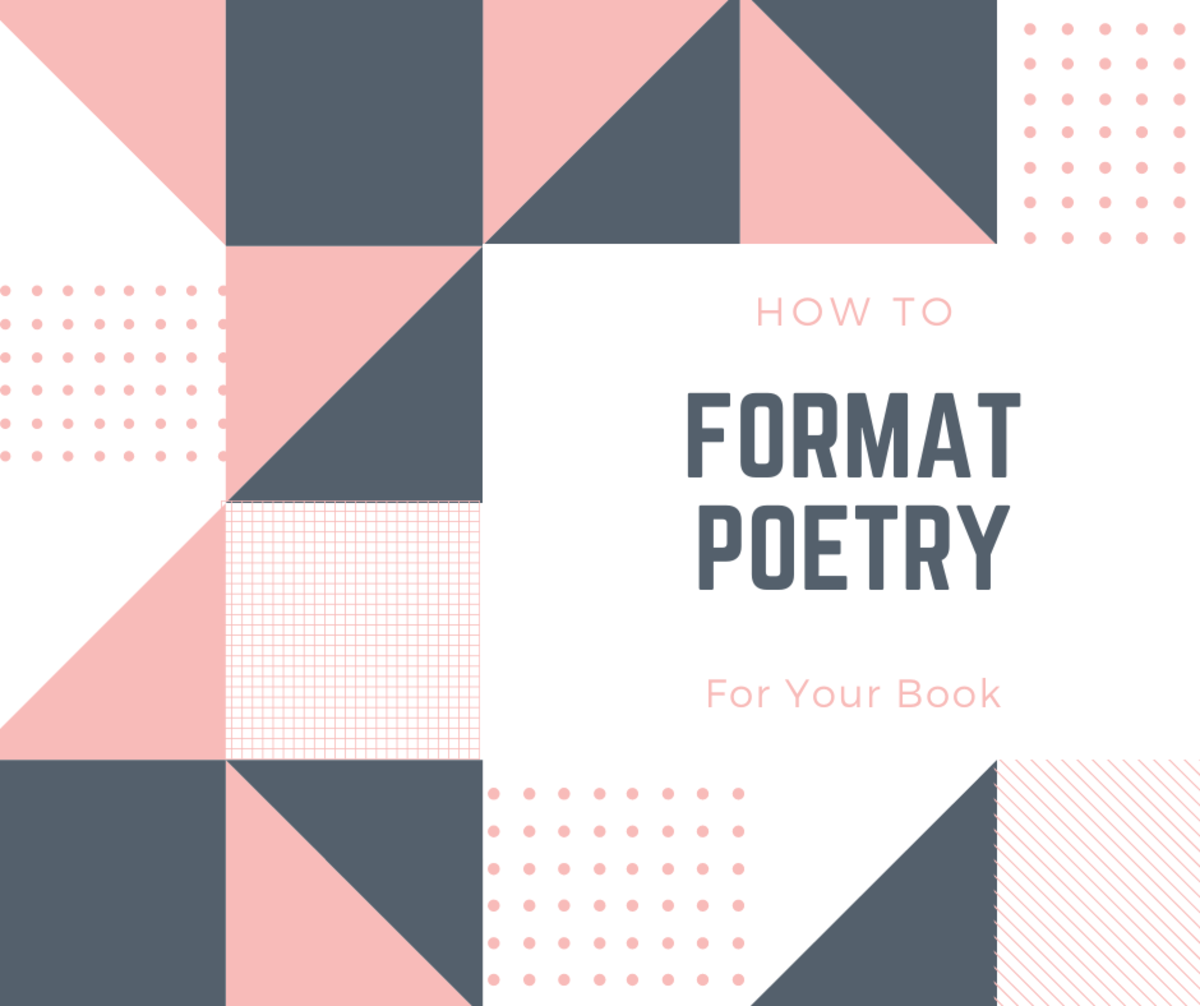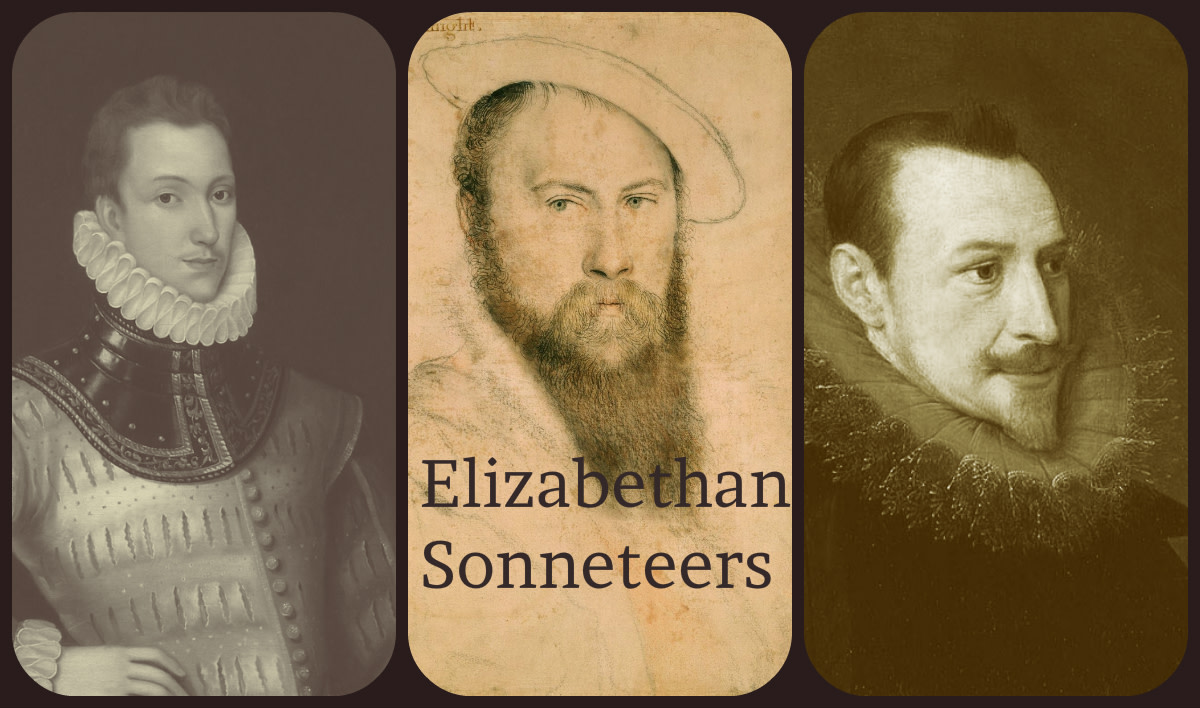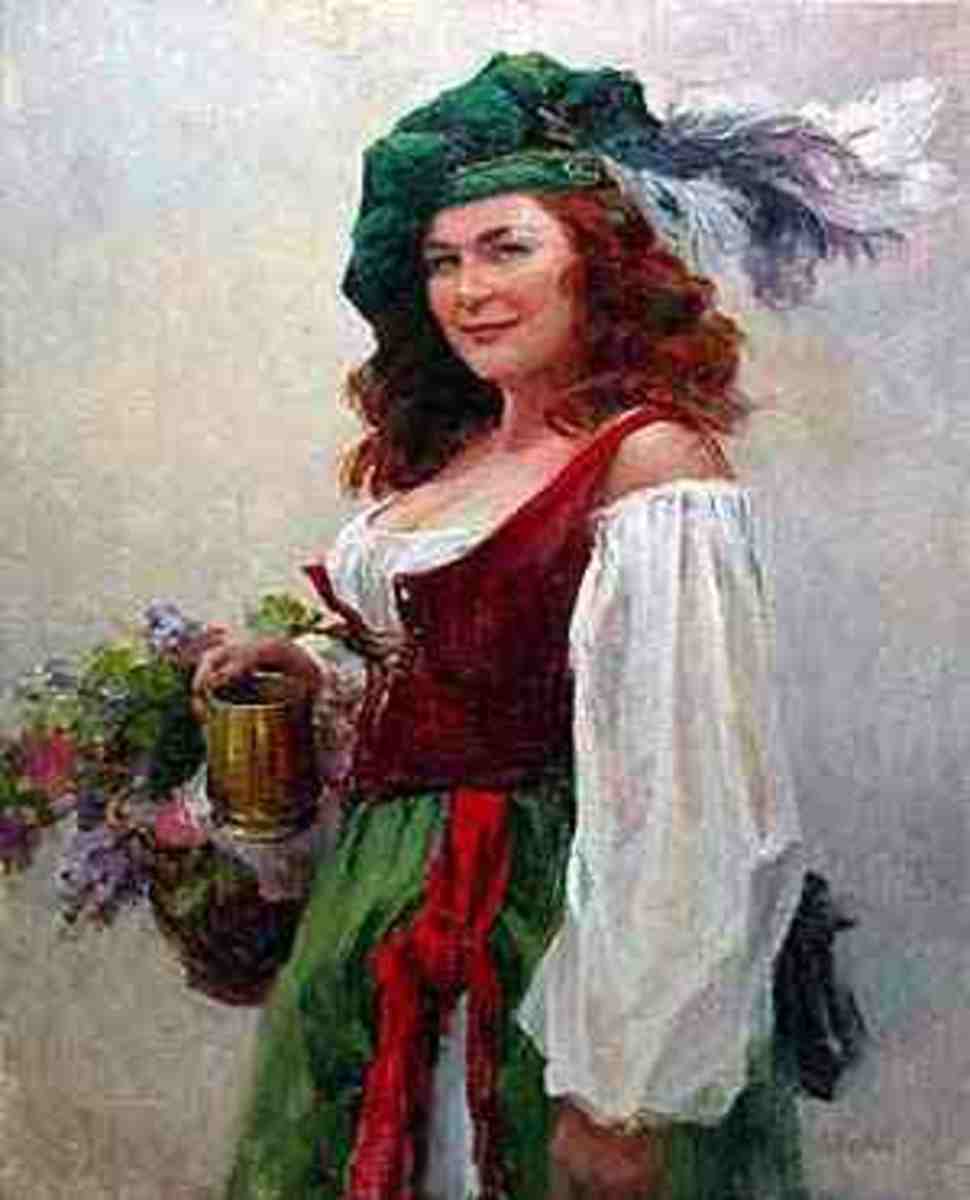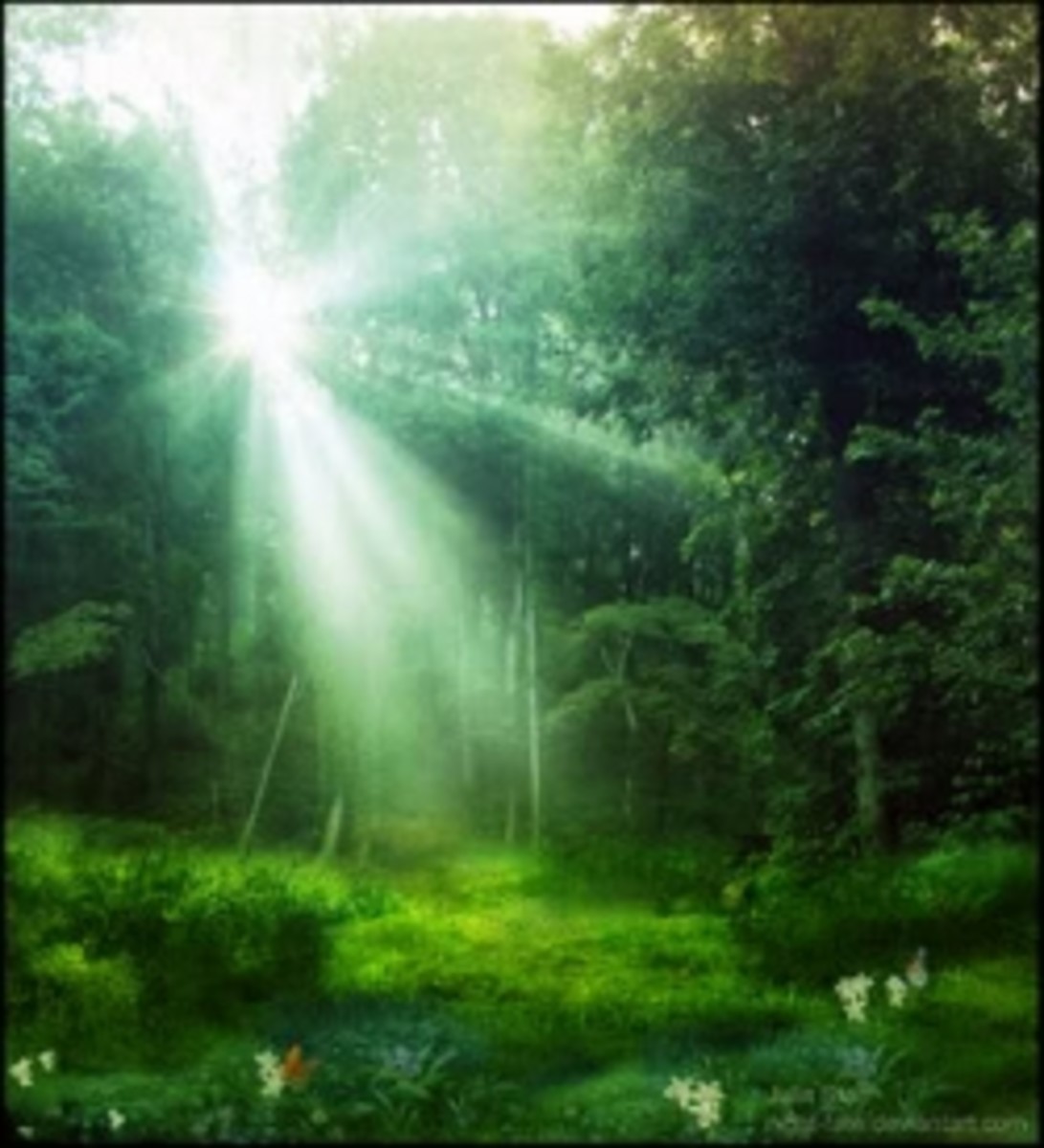Life// A Poem
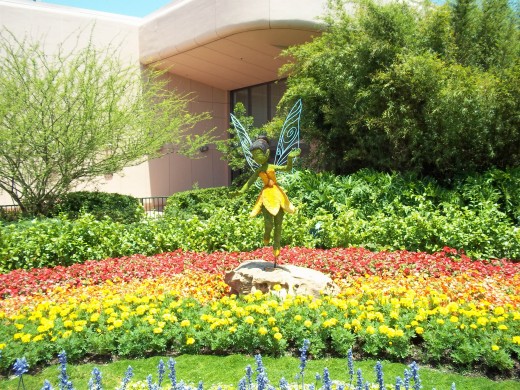
A Literal Metaphor
Some people absolutely
Insist
That life is a
free verse piece
and sneer at the mere suggestion
That rhyme and meter
Play any kind of role
In the genre.
It flows, they say,
Not from point a to point b,
But meanders,
As a stream unchecked,
Propelled by nothing
save motion,
To a point short of
Immortality
And a purpose deemed
Whatever.
Not I.
Despite derision
And sneers
At the discipline
Of the device,
I prefer to believe-
I desperately cling to the hope that
Life is a measured series of stanzas,
A work in which I count the measured feet
And move in tandem with the proscribed beat
So ultimately patterns will-voila- appear
To dissipate the jagged lines of fear
And give direction to what seems to be
The paradox I’ve come to know as me.
This poem was “inspired” by the poets and teachers of creative writing who dismiss poems that rhyme as unworthy and/or of inferior quality. I believe that the form of a poem, just as with any piece of writing, should reflect the poem’s theme and the author’s area of expertise. I have, of course, read some rhyming poems that seem contrived; I also have read some free verse poems in which the author’s voice and word choice come through as pompous. Some of the most revered poets, (e.g. Byron, Shelley, Wordsworth, Coleridge, James Weldon Johnson, Dickinson, Frost, just to name a few) have used rhyme very effectively. Even the nonsense poems of Ogden Nash is considered by many to be unique and cleverly crafted. Poetry that is done well moves far beyond a verse form. Word choice, figurative language (alliteration, metaphor, simile, hyperbole, personification, onomatopoeia etc.), and even punctuation all play a part in a poem’s reception and success. When I taught the art of crafting a poem, I would write two personification poems (which I composed as I went along, with help from the students) on a similar theme, one poem with rhyme and one without, on the board. I then asked my students to choose a theme and write two poems , one with rhyme and one without, featuring that theme. That way, they could choose which style worked better for their chosen theme. (I gave them several days to complete the assignment, and I did not require a specific length for either poem.)
Example: Theme: “ Jealousy can destroy you.”
Free Verse Poem: Jealousy
Reaches out
With long arms
To destroy,
But
Always,
They end up reaching
Inward,
Clutching what used to be
A heart,
Now turned to stone
By the cold, green heat
It harboured.
.
Rhyming poem:
The clutches of jealousy reach to destoy,
To take from another each vestige of joy....
But soon they lie withered and wallow within,
A witness to friendship that, once, might have been.
For jealousy comes from a negative place,
The eyes of a monster set in a stone face.
It generates heat that can only come back,
Reflecting the positive forces you lack.
I also taught poetry that represented different types of poetic form, from Robert Frost’s “Stopping By Woods on a Snowing Evening,” which employs a 4-line, rhyming verse form, to e.e. cummings’ “Old Age Sticks,” a free verse piece that uses capitalization (or lack therof) and punctuation to present its theme. Always, at the conclusion of a poetry unit, I was pleasantly surprsied by my students’ receptiveness to the genre and their eagerness to read (and write) various types of poems.



